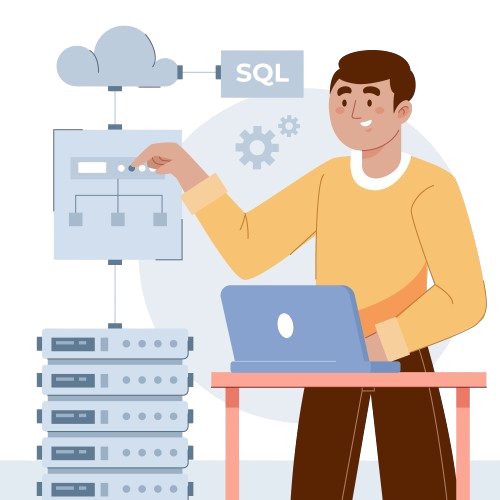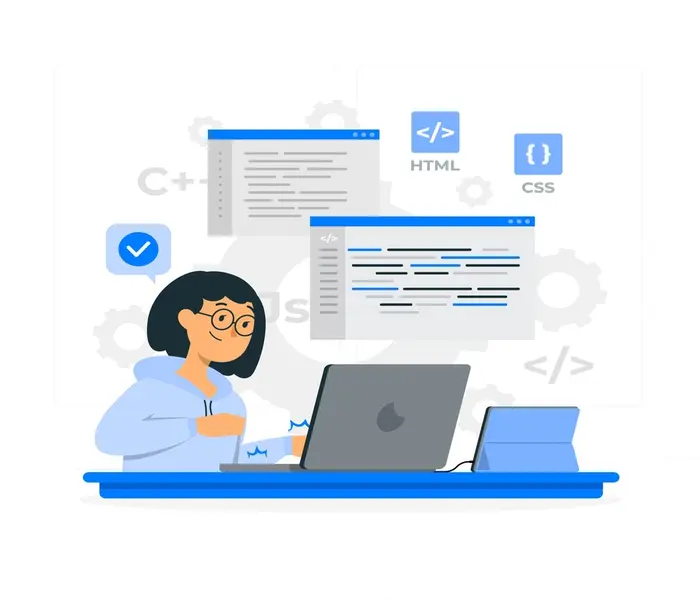SaaS platform web development refers to the creation of web-based applications designed for Software-as-a-Service (SaaS) tools. These applications are delivered over the Internet, serving businesses, organizations, and consumers. Instead of being installed locally on the user’s device, SaaS applications and their data are hosted on remote servers
Common programming languages used in SaaS web development include Python, SQL, PHP, and Ruby. The development process focuses on building an intuitive and visually appealing user experience (UX) on the front end while ensuring a robust backend that allows service providers to manage, update, and control the application seamlessly.
.webp)


